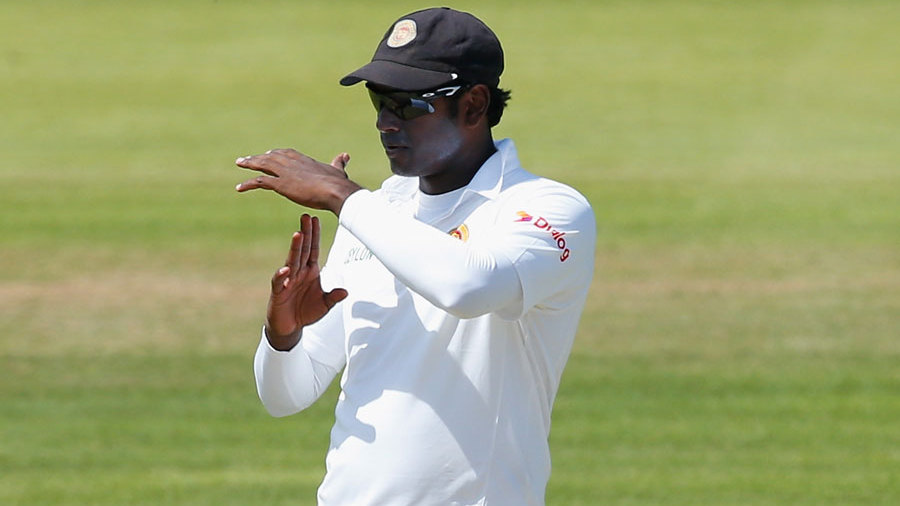The International Cricket Council’s (ICC) Cricket Committee, chaired by Anil Kumble, has proposed the use of the Decision Review System in all Twenty20 Internationals, among a slew of other recommendations during the annual meeting that took place in London on May 23 and 24.
Additionally, the committee suggested that teams shouldn’t lose a review in the event of an LBW review being adjudged as umpire’s call. If the recommendation is approved, then the ‘top-up’ that teams receive after 80 overs in Test cricket will be discontinued.
The panel unanimously supported the idea of holding a Test cricket competition in order to add context to the longest format of the game. The committee also batted for cricket to be introduced in Olympics.
The panel took into consideration the new laws of cricket that were proposed by the Marylebone Cricket Club and decided to adopt most of the changes. After various trials and extensive global discussions throughout the professional and amateur game, MCC had recommended the new laws. As per one of the recommendations, it empowers the umpires to send off a player for serious misconduct. All other offences would come under the gambit of the ICC Code of Conduct.
The other two significant recommendations made by the MCC called for a limit to be set on the thickness of the edges and the overall depth of the bat, and bowling of deliberate front foot no-balls to be regarded in same way as deliberate (above the waist) full-tosses.
The Committee gave due consideration for the presentation made on the findings of the no-ball trial held in England during the One-Day International series against Pakistan last year. It was recommended that the third umpire should adjudge all no-balls by using instant replays. The third umpire can access “four side-on cameras, used for checking no balls, run outs and stumpings, along with instant slow motion replays to determine whether a bowler has overstepped the popping crease”.
The committee also recommended for a two-year trial for the use of ‘concussion substitutes’. In all likelihood, it would be trailled in domestic cricket, with teams being given the chance to field a replacement batsman in case of one of the cricketers in the Playing XI suffering from concussion.
The panel also noted that the batsman will be adjudged as not out once the bat is in and grounded, even if the bat is subsequently lifted up in the air. As of now, a batsman will be ruled out, if after he gets his bat inside the crease, it bounces up in the air, with the bails being broken.
If the ICC Chief Executives’ Committee approves the recommendations, the new rules will come into effect from 1 October 2017.
“We have had a wonderful couple of days discussing cricket issues and there are a number of highlights,” Chairman of the Cricket Committee, Kumble, said on Thursday (May 25). “The first is around the structure of international cricket and the Committee unanimously recommended that context in the international game is paramount and we welcome the new structure.”
Kumble, who is also the coach of the Indian team, noted that the DRS system has been improving and functioning well over a period of time. Ever since DRS came into place in 2008, it has divided views, with the the Board of Control for Cricket in India being an vocal opponent of the system.
“Yes, we as an Indian team used it on a trial basis when England toured India and subsequently when Australia came to India,” said Kumble. “I think both of it, we had success. We were pretty satisfied with the outcomes of the exercise and we are really comfortable with where we are, especially since I am involved with the Cricket Committee and right through the DRS protocols as far as the MIT (Massachusetts Institute of Technology) is concerned. I think the independent agency coming on board and doing the testing and giving us suggested changes and suggested recommendations has been critical.”























